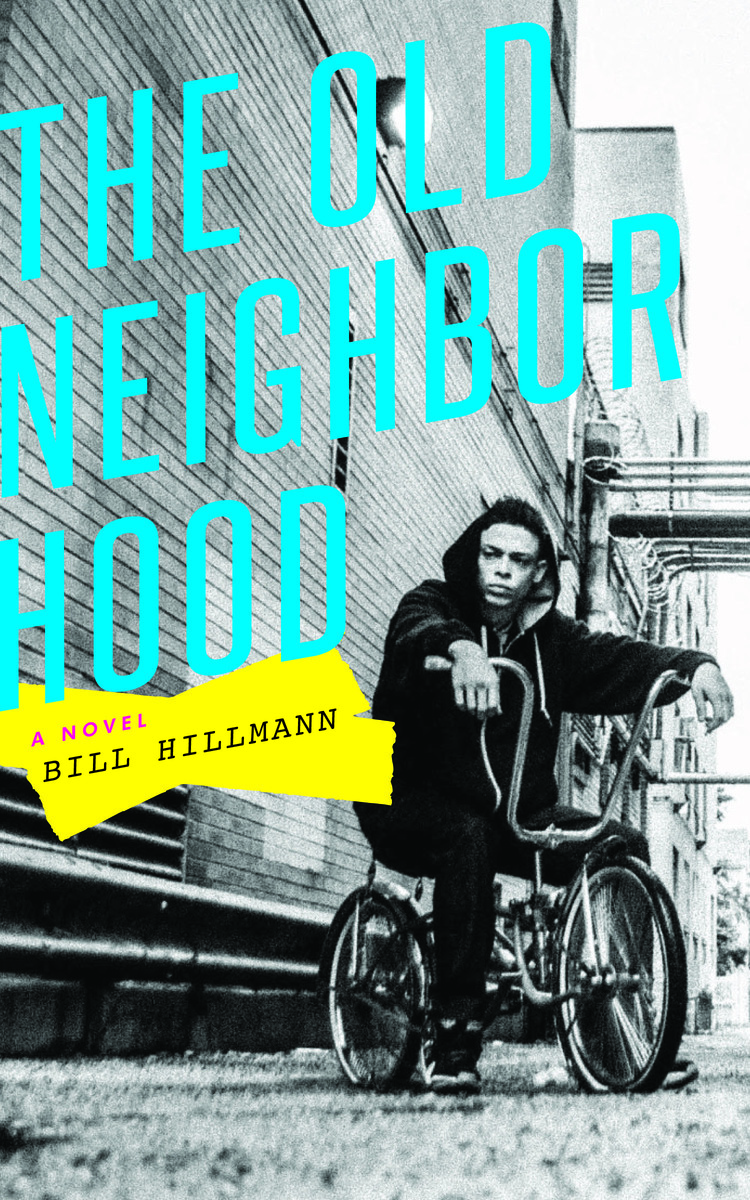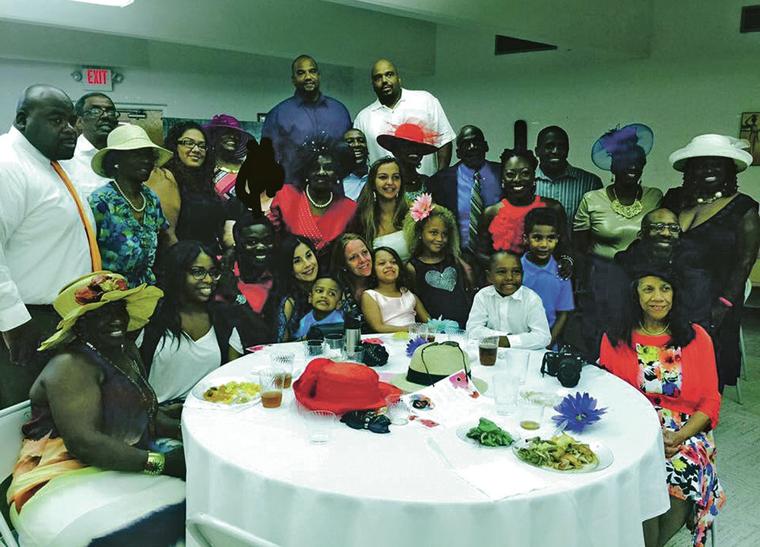PART 1: Dispatches from Dream City: Zadie Smith and Barack ObamaPosted in Articles, Literary/Artistic Criticism, Media Archive, United Kingdom, United States on 2015-11-28 02:41Z by Steven |
PART 1: Dispatches from Dream City: Zadie Smith and Barack Obama
Electric Lit
2010-10-19
The Editor
Reading and re-reading Zadie Smith’s spookily empathetic essay about Dreams of My Father and the natural linguistic flexibility of the biracial, upwardly mobile figure, the inevitable thought occurred to me: Is Zadie Smith the Barack Obama of literature?
Consider the parallels between the two: both are biracial (Zadie Smith had a white English father and a black Jamaican mother). Both are precocious strivers who came from somewhat déclassé origins and rose to become shining examples of their respective countries’ meritocratic aspirations (Zadie Smith grew up in a council flat, the English equivalent of a housing project, and received a scholarship to Oxford). Both give evidence of having been closer to their white parent. Both seem to promise liberation from the bad faith that has existed on both sides of the color line since the start of the post-civil rights era. Both are figures who because they smoothly speak the language of progressivism (in Smith’s case, the language of progressivism is the language of avant-garde literature and abstruse academic theory) appear–or in the case of Obama, appeared–less cautious and conservative than they really are. Changing My Mind is the title of Zadie Smith’s collection of what she calls ‘occasional essays;’ it might as well be titled ‘Only Connect,’ to use the credo of her beloved E.M.Forster’s Howards End–like Forster and like Obama, Zadie Smith is a builder of bridges and a reconciler of the seemingly irreconcilable.
There is a remarkable essay, “Two Directions for the Novel,” which is a kind of Beer Summit for contemporary fiction: on one side of the table is Joseph O’Neill, author of the Gatsbyesque 9/11 novel Netherland, on the other side is Tom McCarthy, writer of manifestos (still, after a century, a prerequisite for avant-garde credentials) and author of the astringently difficult novel Remainder…


